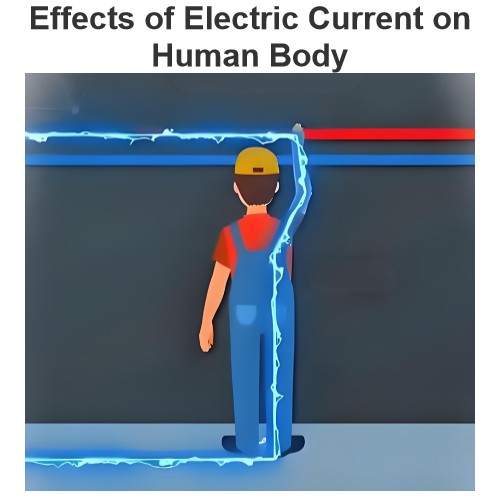Electrical Earthing
Definition: Electrical earthing refers to the process of directly channeling the immediate discharge of electrical energy into the earth via a low - resistance wire. This is achieved by connecting the non - current - carrying components of electrical equipment or the neutral point of the power supply system to the ground.
Galvanized iron is commonly used for electrical earthing purposes. Earthing offers a straightforward pathway for leakage current. When there's a short - circuit in the equipment, the resulting current flows into the earth, which has a zero - potential state. This effectively safeguards the electrical system and its components from potential damage.
Types of Electrical Earthing
Electrical equipment generally has two non - current - carrying components: the neutral point of the system and the frame of the electrical device. Based on how these two parts are earthed, electrical earthing can be categorized into two main types: neutral earthing and equipment earthing.
Neutral Earthing
In neutral earthing, the neutral point of the electrical system is directly linked to the earth using a galvanized iron (GI) wire. This form of earthing is also referred to as system earthing. It is predominantly implemented in systems with star - winding configurations, such as in generators, transformers, and motors.
Equipment Earthing
Equipment earthing is specifically designed for electrical devices. The non - current - carrying metallic frames of these devices are connected to the earth via a conducting wire. In the event of a fault within the apparatus, the short - circuit current can flow safely to the earth through this wire, thereby protecting the overall electrical system from harm.

When a fault arises, the fault current generated by the equipment travels through the earthing system and dissipates into the earth. This effectively shields the equipment from the potentially damaging effects of the fault current. During the occurrence of the fault, the voltage across the earth mat conductors increases. The value of this voltage is equivalent to the product of the resistance of the earth mat and the magnitude of the ground fault current.

The Electricity Encyclopedia is dedicated to accelerating the dissemination and application of electricity knowledge and adding impetus to the development and innovation of the electricity industry.













